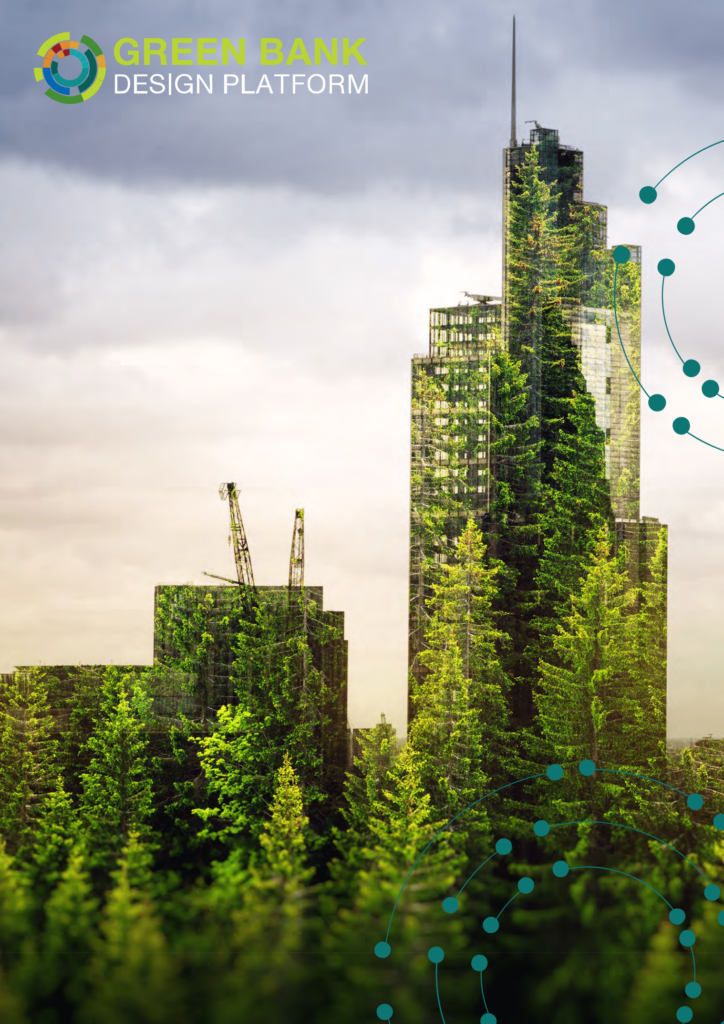The world’s attention is focused on rapid and sustainable recovery from COVID-19. There is a need to support global solutions that will showcase U.K/U.S. [developed world] leadership on both fronts, with early and significant progress. Particularly useful are readily implementable global solutions that promote local responsibility for climate-resilient infrastructure, deploy clean energy technologies, utilize private sector capital, and shift the flow of capital toward climate-aligned investments and away from fossil fuels.
Green banks offer one such solution. Their development globally can help achieve climate targets by financing low-carbon, climate-resilient (LCR) projects that create millions of jobs. Green banks offer a replicable model to organize and mobilize climate finance at the national level – they promote national ownership and national responsibility. Providing a long-term approach to building nationally owned financial systems, green banks can tap local private savings to power decarbonization and can be key financial intermediaries to spark domestic low-carbon solutions. At the same time, green banks can spur green recovery by galvanizing new sectors that create jobs and revitalize the economy as a whole. At the same time, green banks can spur green recovery by galvanizing new sectors that create jobs and investing in underserved, and highly impacted communities. The Green Bank Design Platform, a hub set up to assist countries with green bank development, can assist jurisdictions to access the financial and technical resources they need to adapt the green bank model to their unique circumstances.
Green banks are a potentially foundational element of the future of climate finance. As focal points for climate investment, they allow countries access to foreign and domestic climate finance while enabling domestic ownership of project development and NDC implementation.
There are already 27 operational green banks in 12 countries around the world, primarily in developed countries. To date, they have invested over $24.5 billion of their own capital and attracted another $45.4 billion from the private sector into LCR projects. Importantly, another 20 countries are currently pursuing green bank development, with nearly half in the early phases.
The Green Bank Design Platform
Despite their potential for country-driven low-carbon development, the process to set up a green bank can be difficult, typically taking years until ultimately successful. However, a decade of working with aspiring green banks has shown that, while every green bank effort is unique, the process can always benefit from technical expertise, political support and marshaling appropriate financial resources. As in all complex projects, the essential ingredient is supporting those working to set up green banks by being a strong external champion to consistently drive the process. In summer 2020, the Green Finance Institute (GFI), RMI, and Natural Resources Defense Council (NRDC) conducted an in-depth state-of-the-market analysis, interviewing and surveying 36 emerging and existing green banks to understand their processes, challenges and where support is most needed. State of Green Banks 2020 was the first of its kind, mapping out green bank activities and development efforts around the world. Based on the mapping of the needs expressed, the three organizations have designed a Platform that would offer the following services:
01.
Navigation and
Gap-filling
Providing those working to establish green banks with external support and a “champion” function to drive progress.
02.
Technical
assistance connections
Matching aspiring green institutions with qualified technical assistance providers validated by the Platform, as well as sources of TA funding.
03.
Expanding the community
of practice
Where peers can exchange and learn from each other and share best practices in green bank design and operation.
04.
Knowledge
products
Creating and collating resources to help support green bank development and operation.
The Platform would be a “hub” serving all interested jurisdictions yet not leading any specific green bank effort. Though the Platform’s primary beneficiaries are countries seeking assistance in the process of green bank establishment, Platform activities will add value to the entire green bank ecosystem. They will allow development finance institutions to systematically steer countries interested in green banks to the Platform and jointly collaborate on knowledge products, convenings, and country-specific and regional activities, ultimately increasing in-country capacity and deal pipeline, whether through new or existing institutions. For climate funds, the Platform will add value and efficiency by providing a broad, consistent, and well-resourced channel for green bank efforts to coordinate with the Green Climate Fund and other climate funds. Finally, through its convenings and technical assistance provider list, the Platform will help increase access to business opportunities for technical assistance providers and encourage a larger number of consultants to have expertise in green bank design.
Videos
Reports
The Green Bank Design Summit
The Summit will be a highly participatory, virtual series of events throughout the week of 21st June. The format will consist of plenary sessions and panel discussions and small, multi-stakeholder workshops and one-on-one sessions. Because we have participants joining from six continents, we will schedule sessions at different times throughout the week. The event will bring together participants from countries interested in setting up green banks, private investors, experts, existing GBs, development finance institutions, and philanthropic organizations. Throughout the week, Summit participants will have an opportunity to:
- Foster active relationships among stakeholders working to accelerate low-carbon finance through GBs,
- Exchange best practices about GB design and operation, and
- Develop strategies to address challenges countries face in establishing and implementing GBs.
For more information please contact info@gfi.green.
